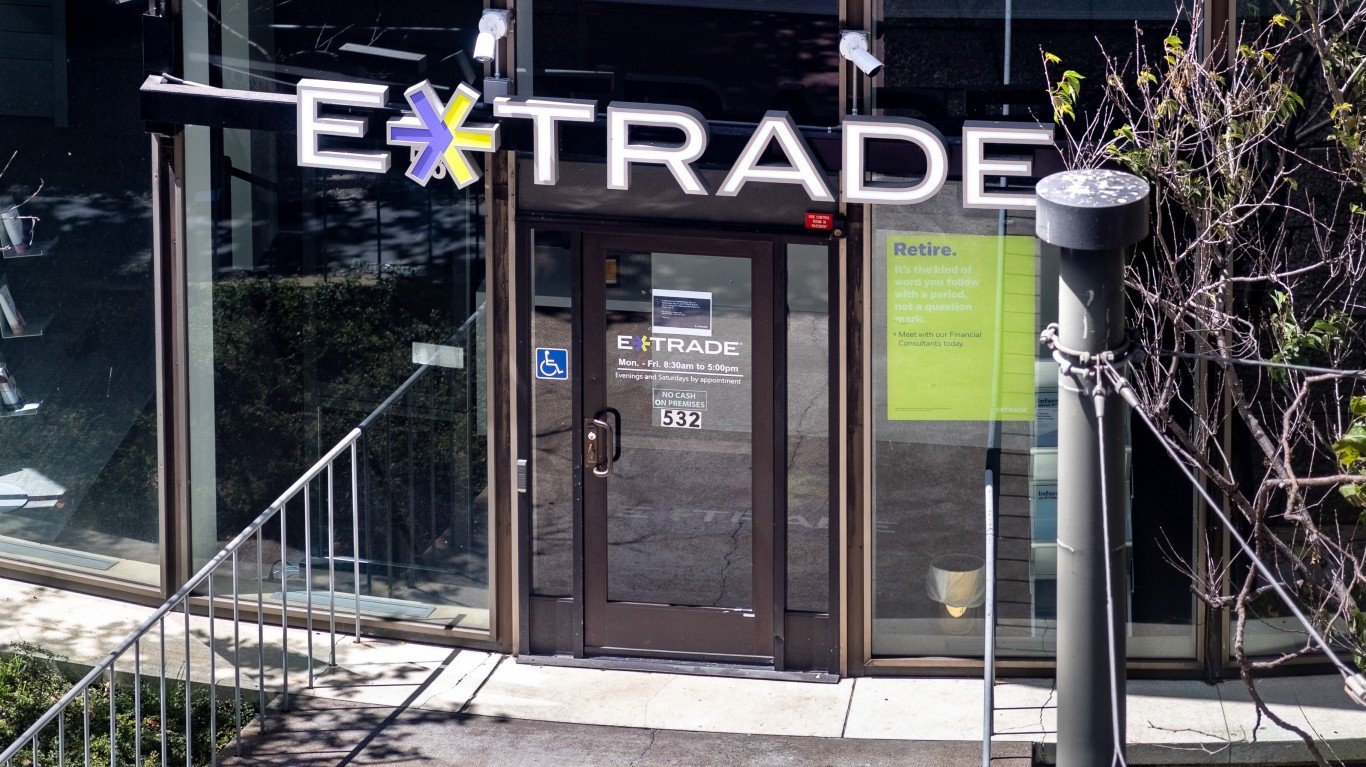

The Federal Reserve Bank’s report on its latest round of bank stress tests was released after markets closed on Thursday. Bank stocks had enjoyed solid gains Thursday, thanks to a proposed rule that would allow them to invest in riskier assets.
The stress test report cast a pall over the celebration and caused bank stocks to drop sharply in after-hours trading. Those dark thoughts carried over into Friday trading, with most bank stocks losing more than all the gains they made on Thursday.
As a result of the Fed’s tests, banks must suspend share buybacks and cap dividend payments at current levels through the third quarter of this year. Dividend payments may not exceed average quarterly profits from the most recent four quarters.
While most banks already had suspended buybacks, the Fed has now said that it may extend the limitations on buybacks and dividend payments, depending on how the economy demonstrates a recovery from the COVID-19 outbreak. The central bank also is requiring banks to file new capital plans later this year and will conduct another round of stress testing before year’s end as well.
An unnamed senior Fed official told American Banker that about a quarter of the 34 banks tested would approach the 4.5% minimum common equity Tier 1 (CET1) ratio requirement under a W-shaped recovery (a so-called double-dip recession).
Analysts at Wedbush Securities said in an industry note released Friday that seven regional banks it covers all passed minimum thresholds for CET1, Tier 1 Capital (6.0%), Total Risk-Based Capital (8.0%), and Tier 1 Leverage (4.0%).
The seven banks are Citizens Financial Group Inc. (NYSE: CFG), Fifth Third Bancorp (NASDAQ: FITB), Huntington Bancshares Inc. (NASDAQ: HBAN), KeyCorp (NYSE: KEY), M&T Bank Corp. (NYSE: MTB), Regions Financial Corp. (NYSE: RF) and U.S. Bancorp (NYSE: USB).
Wedbush noted that the Fed implemented a new stress capital buffer (SCB) requirement that automatically restricts the capital return to shareholders if the bank’s CET1 ratio falls below the capital buffer requirement. For banks with a CET1 of more than 100% of the required SCB, there are no limits on payouts. If a bank’s capital buffer falls between 75% and 100% of the SCB requirement, the payout ratio may not exceed 60% of eligible retained income.
Compared to the fourth quarter of 2019, Citizens’ CET1 ratio fell by 2.9 points under the severely adverse scenario, the largest drop among the regional banks Wedbush analyzed. Regions saw its CET1 ratio drop by 2.4 points.
Wedbush said that it does not expect any of the regional banks to announce a dividend cut after markets close on Monday, June 29, when the nation’s banks will disclose the planned capital allocations and stress capital buffer requirements.
In the meantime, investors are hammering bank stocks. Huntington traded down more than 9% at $8.98 and Citizens traded down 8.9% at $23.01. The regional bank showing the least damage is U.S. Bancorp, down 4.6% to trade at $36.29.
Of those banks, M&T pays the highest annual dividend, $4.40 (yield of 4.18%) and Huntington pays the lowest, $0.60 (yield of 6.07%).
Among the nation’s largest banks, Wells Fargo & Co. (NYSE: WFC) pays a dividend yield of 7.45%, nearly double the yield of Citigroup Inc. (NYSE: C), which pays the second-highest yield at 3.87%.
The rule appears to be that the higher the dividend yield, the greater the likelihood that it will be decreased. If not immediately, at least by the end of the year. With rising uncertainty of how quickly the economy can recover from the coronavirus pandemic, the outlook for banks of any size is not particularly rosy.
Essential Tips for Investing: Sponsored
A financial advisor can help you understand the advantages and disadvantages of investment properties. Finding a qualified financial advisor doesn’t have to be hard. SmartAsset’s free tool matches you with up to three financial advisors who serve your area, and you can interview your advisor matches at no cost to decide which one is right for you. If you’re ready to find an advisor who can help you achieve your financial goals, get started now.
Investing in real estate can diversify your portfolio. But expanding your horizons may add additional costs. If you’re an investor looking to minimize expenses, consider checking out online brokerages. They often offer low investment fees, helping you maximize your profit.
Thank you for reading! Have some feedback for us?
Contact the 24/7 Wall St. editorial team.



